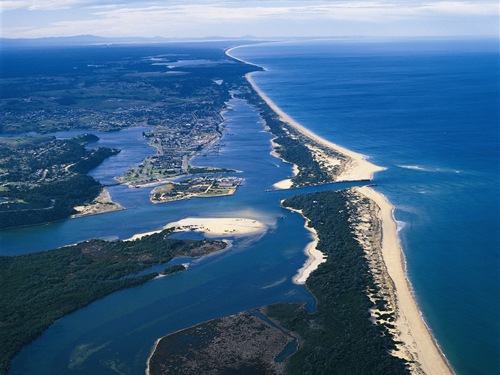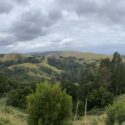Regulatory reform and diffuse source water quality problems in Australia: learning from US experiences
Given the short agricultural history, long lead times and low population density, diffuse source (non-point) water quality problems are only now emerging in Australia. The Great Barrier Reef (Waterhouse et al. 2010), Gippsland Lakes (Roberts et al. 2012), Peel-Harvey Inlet (Summers et al. 1999) and the Murray-Darling system (Ryan et al. 2009) are notable examples, amongst many others.
Anna Roberts from Natural Decisions and Robin Kundis-Craig, an environmental lawyer at the University of Utah, have recently published a paper titled ‘Regulatory reform requirements to address diffuse source water quality problems in Australia: learning from US experiences’, in the Australasian Journal of Environmental Management. Using Victoria as a case study to illustrate the need for water quality reform, Anna and Robyn assessed the effectiveness of current regulations to address diffuse source pollution against the following criteria:
- clarity of objectives
- clarity of legal interpretation
- clarity of institutional responsibilities
- apparent strength of enforcement capacity.
As outlined in the paper’s abstract … ‘There is opportunity to learn from over 50 years’ experience in the US to tackle diffuse source water quality pollution in Australia. This article considers the effectiveness of current regulations using the state of Victoria as an example, and identifies changes needed. Regulations could be amended to improve clarity of objectives and broaden scope. An effective water quality regime is impeded by lack of clarity of institutional powers and responsibilities at national, state and regional levels, over-reliance on ‘soft’ policy approaches and a culture of planning. Australian approaches would benefit from improvements in institutional clarity and power, (particularly regulatory enforcement), adoption of a source-based approach, creation of a legal mechanism for linking point and diffuse sources, and a mechanism for holding governments accountable when they fail to perform mandatory regulatory duties.
Critical elements also include setting effective performance goals around specific assets and effective progress management. Targeting and policy efficiency also need to be considered as part of the reform process because regulations can have high administration and compliance costs. Overall institutional and regulatory reform, sustained political commitment and outcome-focused accountability are needed to address diffuse source water quality problems in Australia.’
A.M. Roberts & R.K. Craig (2014): Regulatory reform requirements to address diffuse source water quality problems in Australia: learning from US experiences, Australasian Journal of Environmental Management, DOI: 10.1080/14486563.2014.880385
You can access the full article at: http://dx.doi.org/10.1080/14486563.2014.880385

The Gippsland Lakes – one of Victoria’s and Australia’s iconic coastal assets, faces ongoing challenges from diffuse source water quality pollution.
References
- Roberts, AM, Pannell, DJ, Doole, G & Vigiak, O 2012, Agricultural land management strategies to reduce phosphorus loads in the Gippsland Lakes, Australia, Agricultural Systems, vol. 106, pp. 11–22.
- Ryan NJ, Dabovic J, Bowling LD, Driver B & Barnes B 2009, The Murray River algal bloom: evaluation and recommendations for the future management of major outbreaks, NSW Office of Water, Sydney December 2009
- Summers, RN, Van Gool, D, Guise, NR, Heady, GJ & Allen, T 1999, The phosphorus content in the run-off from the coastal catchment of the Peel Inlet and the Harvey Estuary and its associations with land characteristics, Agriculture, Ecosystems and Environment, vol. 73, pp. 271–279.
- Waterhouse, J, Grundy, M, Gordon, I, Brodie, J, Eberhard, R, & Yorkston, H 2010, Managing the catchments of the Great Barrier Reef, in RC Ferrier & A Jenkins (eds.), Handbook of catchment management, 1st edn, Blackwell Publishing, Oxford, UK, pp. 351–375.
Posted 22 March 2014 in News



















